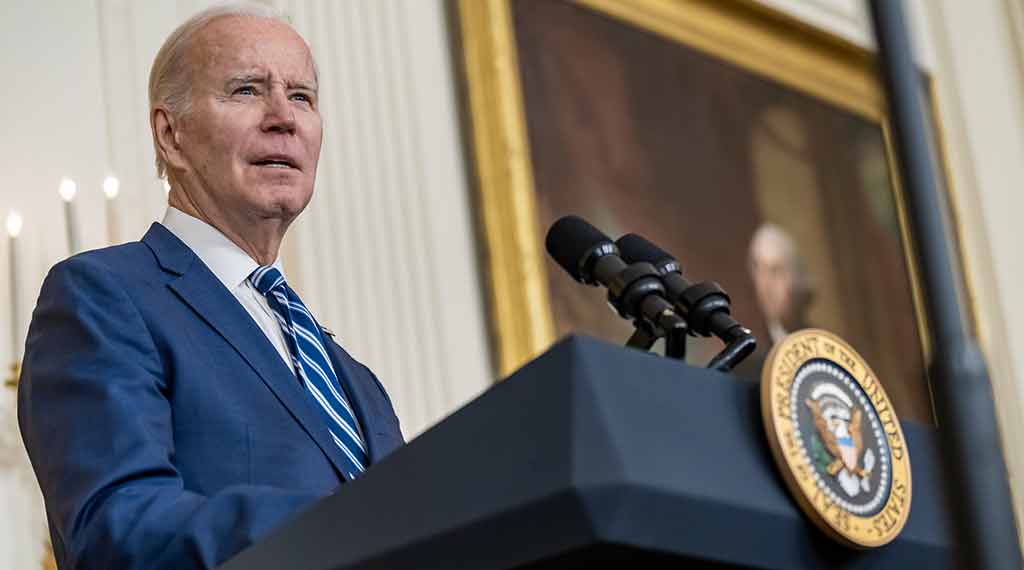Last month, the bombing in Afghanistan that killed 13 U.S. service members in 2021 resurfaced in headlines. The Taliban reportedly killed the senior Islamic State leader responsible for the attack outside the Kabul airport that also killed 170 Afghans. U.S. intelligence officials recently confirmed “with high confidence” that the mastermind behind the attack had been killed earlier in April during a series of battles between the Taliban and the Islamic State group’s affiliate. The blast at Abbey Gate came as thousands of Afghans were attempting to vacate the country in light of the Taliban takeover. While the U.S. and other nations hoped the Sunni Islamist nationalist group with draconian views and brutal tactics would moderate its behavior in order to better access the international community. However, the fundamentalist group has carried out rampant human rights abuses since their reinstatement to power, largely targeting the rights and safety of women and girls in the country.
A brief summary of the Taliban’s rise to power
In the late 1990s, the Taliban ruled roughly three-quarters of Afghanistan until being overthrown by U.S. forces in 2001. Many of the Taliban’s leaders were previously Mujahideen fighters trained in Pakistan during the Afghan Civil War. During the group’s rule of the country in this time period, the Taliban heavily discriminated against women and girls. In addition to being banned from going to school or studying, females were iced out from all forms of polity, public speakers, working and even leaving the house without a male chaperone. Prior to the Taliban’s seizure of power, women enjoyed many basic rights and could even vote in 1919- a year before women in the U.S. were given the same right. While the Taliban’s reversal of these policies were considered draconian and backwards, the group’s punishment system was truly brutal. The Taliban follow a strict and narrow interpretation of Sharia law, which the group sees as justification for carrying out unjust punishments.
How the Taliban survived the U.S.-led coalition in Afghanistan
Since the group’s emergence as one of the most potent factions of the Afghan Civil War, the Taliban has survived some of the world’s most robust military forces, domestic turmoil and political competition. Following the onset of the American intervention, the Islamist group launched an insurgency against the Western-backed government in Kabul, international coalition troops and Afghan national security forces. By 2014, the U.S.-led coalition had terminated its combat mission. However, the Taliban continued to wage attacks targeting the Afghan National Defense and Security Forces who were tasked with preserving the country from falling into the insurgents’ hands.
As detailed by the Council on Foreign Relations, “The war largely remained a stalemate for nearly six years, despite a small U.S. troop increase in 2017, continuing combat missions, and a shift in U.S. military strategy to target Taliban revenue sources, which involved air strikes against drug labs and opium production sites. The Taliban briefly seized the capital of Farah Province in May 2018, and, in August 2018, it captured the capital of Ghazni Province, holding the city for nearly a week before U.S. and Afghan troops regained control.” During the Trump administration, the total number of active U.S. troops in Afghanistan dwindled from more than 10,000 to around 2,500. By April 2021, president Biden announced the drawdown of all remaining U.S. troops in Afghanistan to take place prior to the 20thanniversary of the Sept. 11thterrorist attack.
The failures of the 2021 evacuation
Following the tragic Abbey Gate bombings that killed 13 U.S. service members, family members of the fallen soldiers in addition to industry experts and analysts across the board criticized the Biden team for the hasty withdrawal that culminated in the attack. Prior to the incident, thousands of ISIS-k militants were released from Bagram prison by the Taliban following the U.S. decision to abandon its major airbase in the country, further implicating the failures of the defense strategy behind the withdrawal.
Unsurprisingly, the Taliban has implemented the same fundamentalist laws that plagued the country during the group’s last reign in the 1990s. Women’s rights have been obliterated, protestors have faced the wrath of violent crackdowns, journalists have been intimidated and public floggings were officially reinstated last November. The disastrous evacuation of Afghanistan – an outcome of poor intelligence, planning and foresight – will continue to haunt the U.S. foreign policy arena for years to come.
- Russia Could Lose Vital Tartus Naval Base in Syria - December 19, 2024
- Why Israel Is Destroying Syria’s Army - December 17, 2024
- Abu Mohammad al-Jolani: A Backgrounder - December 11, 2024

